We started with a static page and evolved to dynamic screens, and making that 2D surface interactive was a relatively straightforward transition in design. But when you can put holographic objects literally anywhere in the room, the way you design apps, games, and experiences requires a different mode of thought entirely.
Developer Nate Turley wrote about his experience developing for the Microsoft HoloLens, noting that the rules for mixed reality programming have yet to be written:
There are no 'best practices' because developing and designing for HoloLens requires a massive shift in thinking. The AR interaction and the head space is fundamentally different than anything I've ever used, let alone written code for. I'm too young to remember, but I imagine this is sort of how it felt the first time there was a touchscreen on a cell phone. It really does feel like we are making a lot of the rules as we go, so cross-disciplinary, radically collaborative, and iterative approaches are going to win out.
Turley hits on one of the most exciting parts of the new mixed reality technology that's finally entering our world: manufacturers and developers are figuring it out together. Microsoft made a smart decision to make the HoloLens a collaborative effort, and so far we've seen the same from Google Tango and Meta.
In fact, Meta might understand the need for new interface paradigms more than anyone. They've looked to neuroscience to develop a more intuitive and natural method of interaction with their mixed reality headset.
Where we'll end up is anyone's guess, but seeing major corporations looking at the next evolution of computing as something we should build together is very encouraging. It's interesting to just watch and see what developers create, but if you want to have a say in these upcoming user interfaces—you only need to get involved.
Just updated your iPhone to iOS 18? You'll find a ton of hot new features for some of your most-used Apple apps. Dive in and see for yourself:
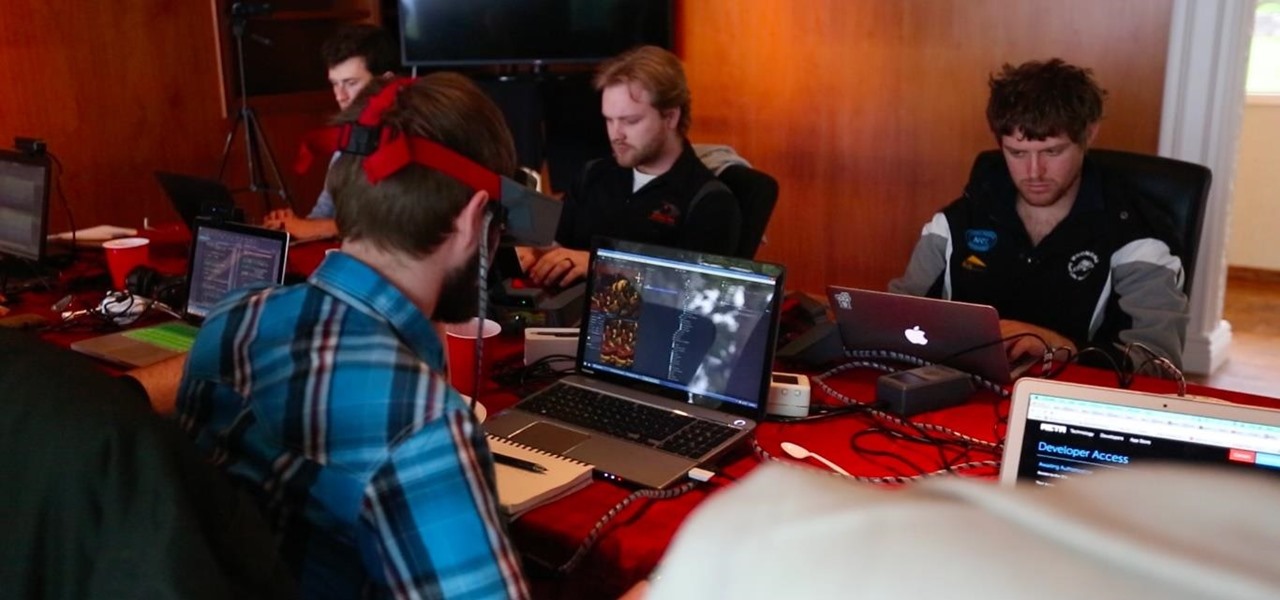

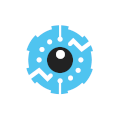
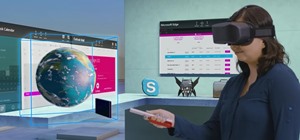

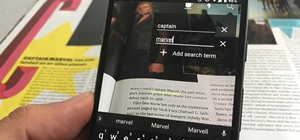


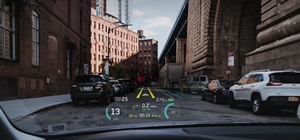




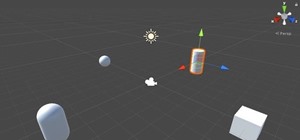
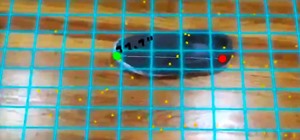


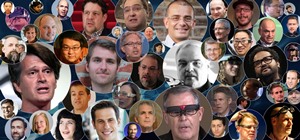

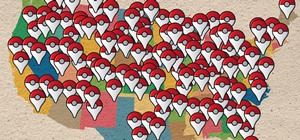


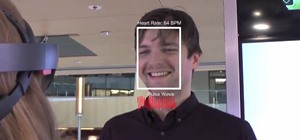


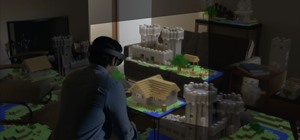

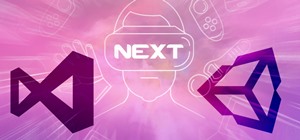

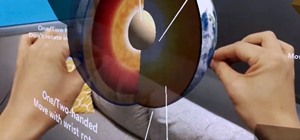


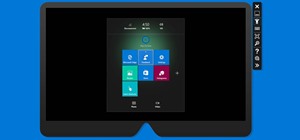

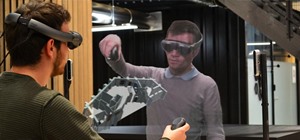
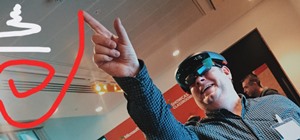



1 Comment
Cool Stuff!
However..Its pity that u guys still call it The AR interaction.
Microsoft has been trying hard to stick to MR (MixedReality) and its better if all of us use the same term to get associated with Hololens / Microsoft. Else it will create confusion among consumers / clients.
Thanks.
Share Your Thoughts